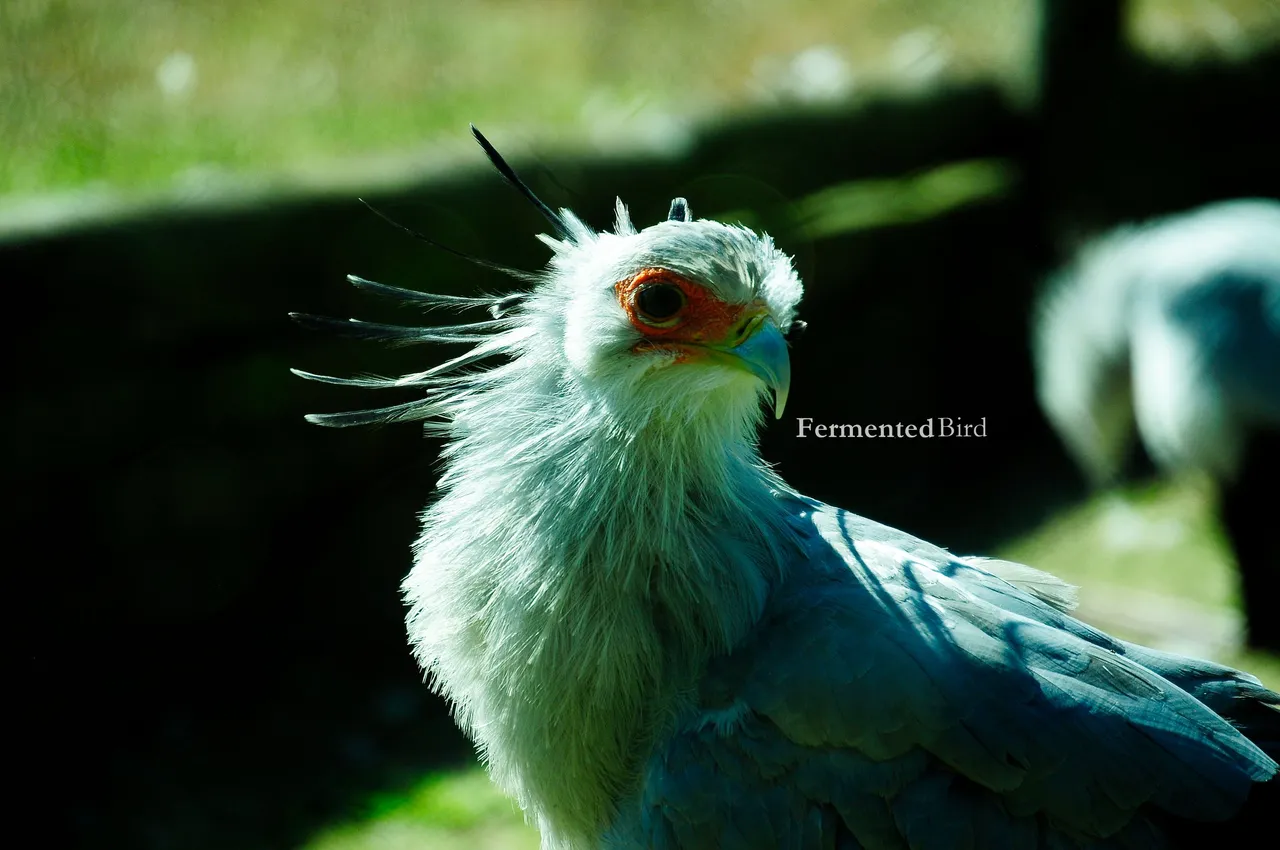
The closest most of us will get to birds of prey, are sadly in rehabilitation centres. Just like the artificial wild nature reserves available for people to drive through and see these "wild" animals in their "natural and wild" habitat, these up-close encounters can be illuminating but also very sad and depressive. But the people at most of these rehab centres are doing amazing work, important work, and they help as much as they can to get these birds back into the wild.
With humans ever increasingly taking away the natural habitats of these birds, especially birds of prey, they will be impacted the most. This will make the work of these places even more important in teaching people how to handle these birds if they end up in their area (or homes/farms) and how to evade them so as not to disturb their natural areas.
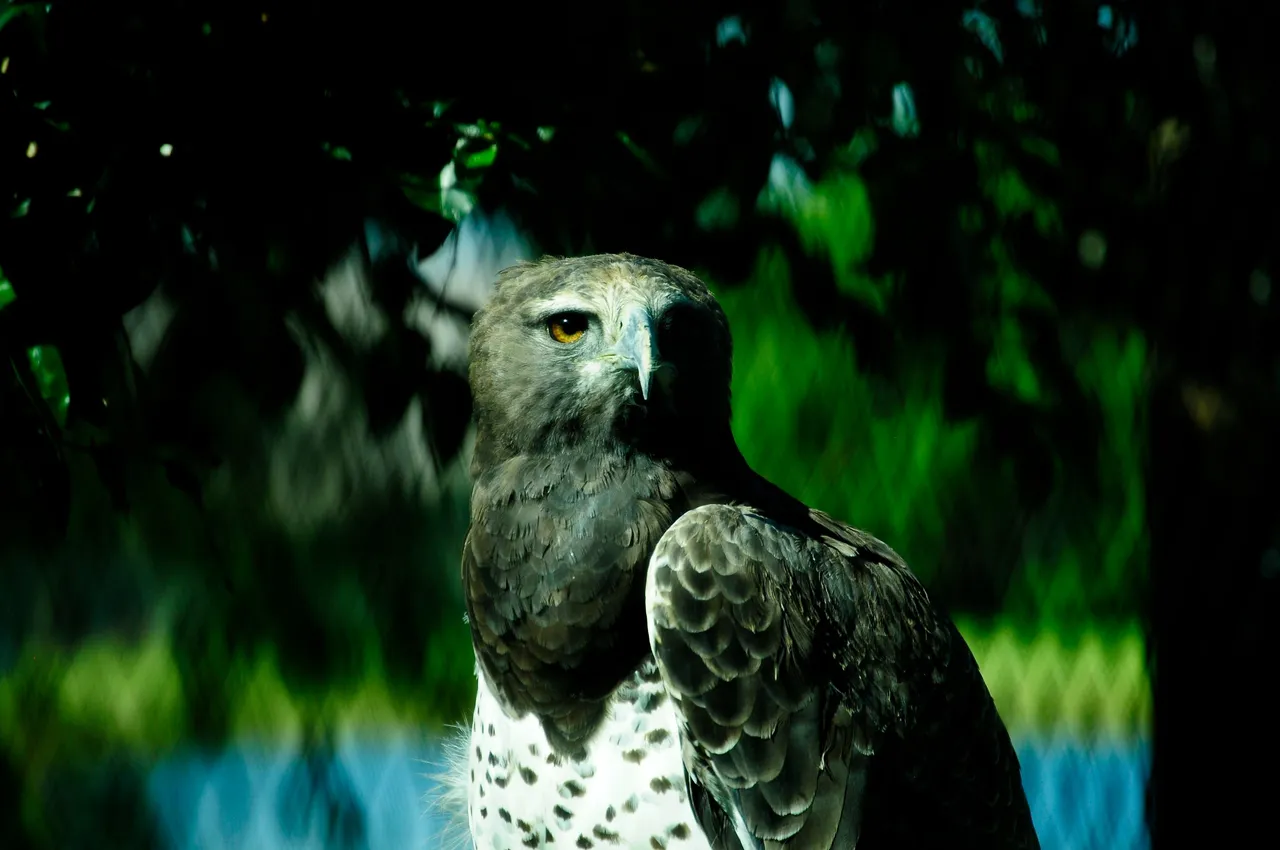
The research centre and rehab we visited, sadly, tells you the story of how these birds ended up in their care. Luckily, most of them will be released into the wild soon after their care, but some of them are not that lucky. Those that are not that lucky, will unfortunately stay in the rehab centre until they die. Most of the birds of prey are in this centre due to human intervention; either people trying to raise these birds as pets (i.e., illegal trading of these animals), hurting them while driving, or when chicks have fallen out of trees and the people trying to help them. (Interestingly, it is illegal to own any of these birds in South Africa.)
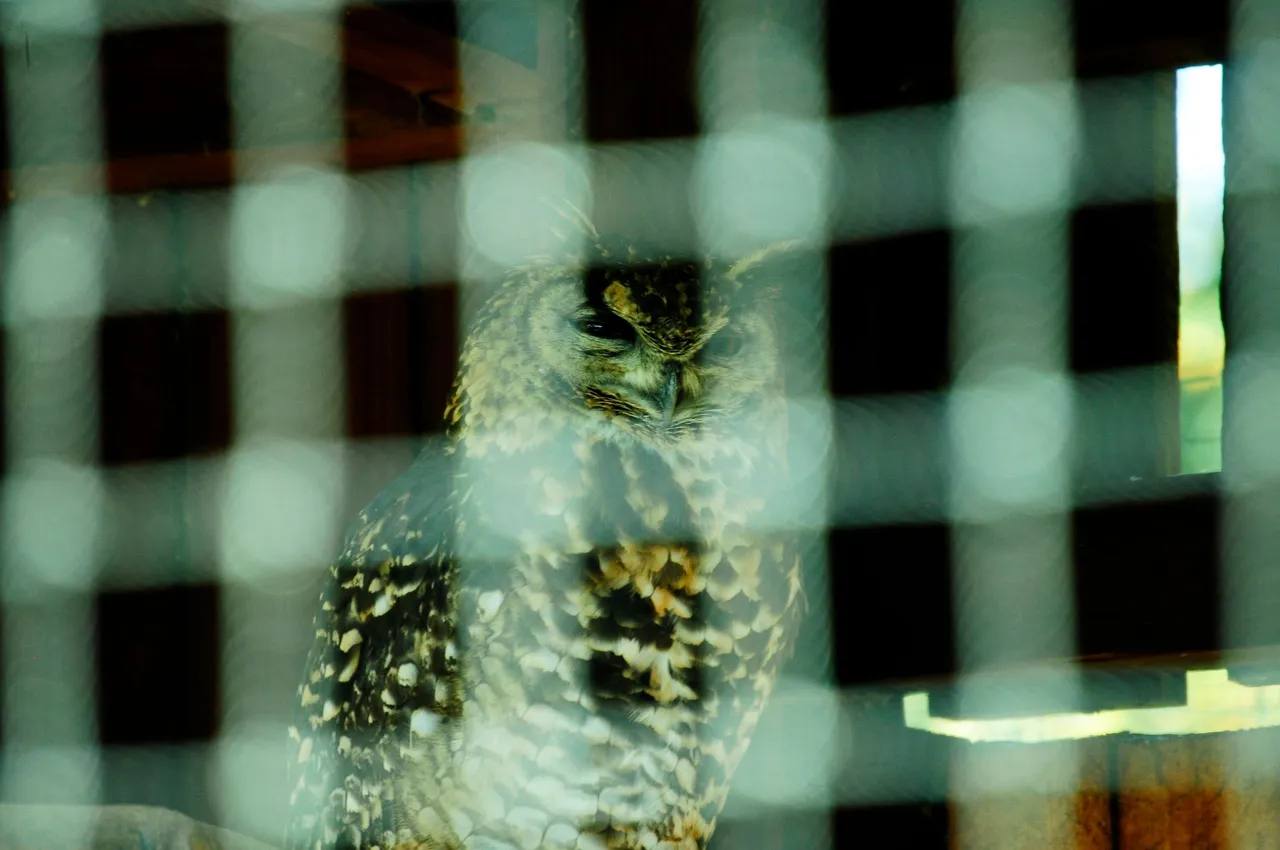
The photograph above just illustrates the sad and unfortunate reality of these birds; they are behind fences and wires, caged in small "cells" that remind one of prisons. Sadly, some of them will never know "freedom" again. But luckily, these places can then breed with these animals that are able to do it, and they can release the juvenile birds into the wild. Some of the animals are not endemic or indigenous to the area (as some of them come from illegal trading), but most are and hence the need to release the young birds back into the wild.
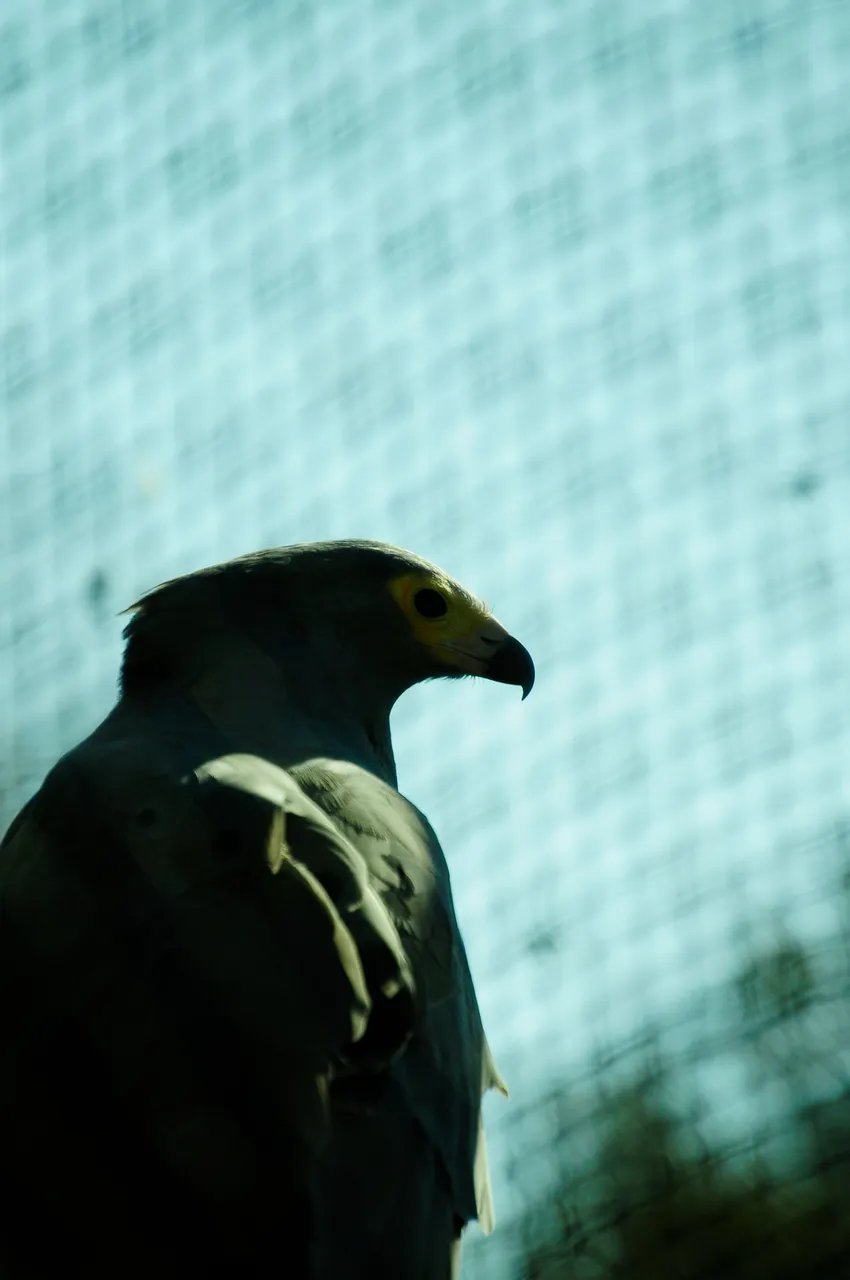 | 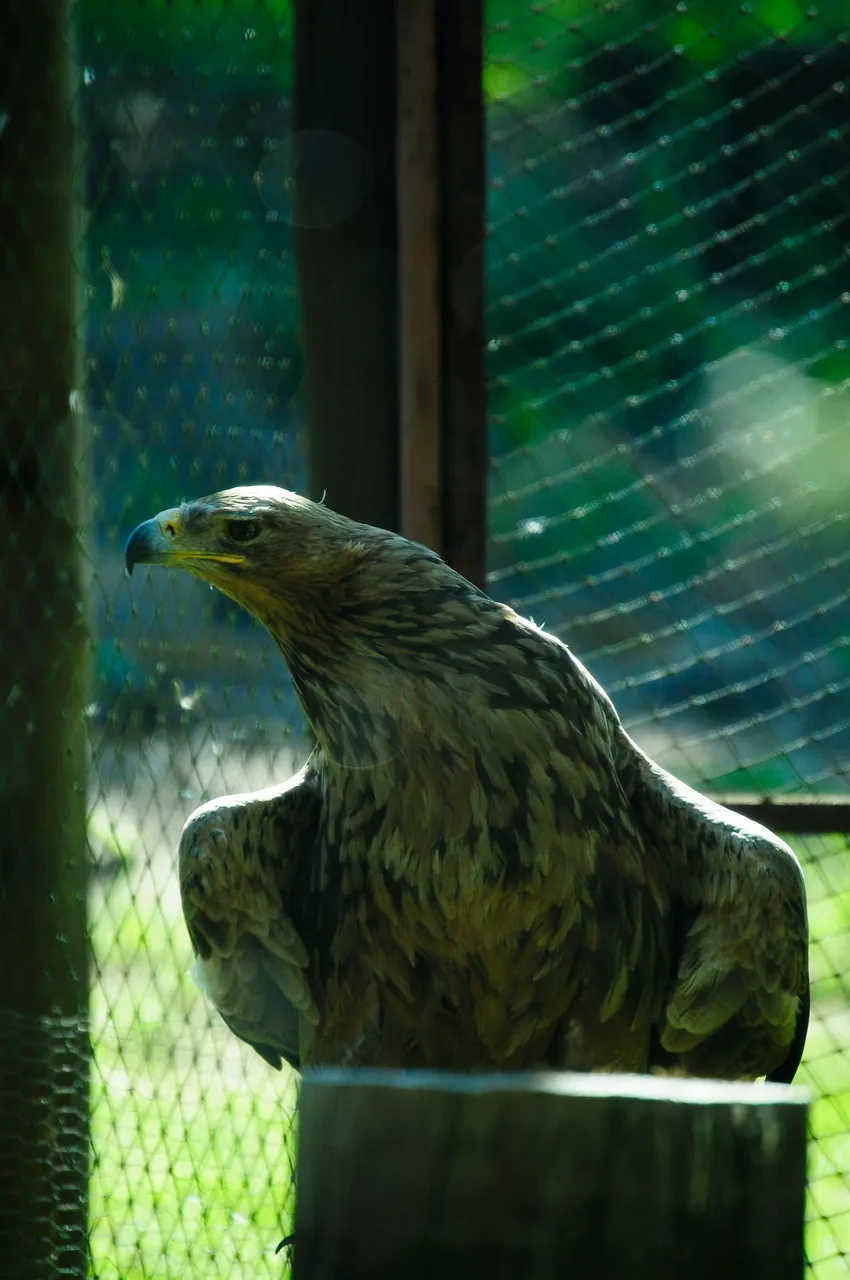 | 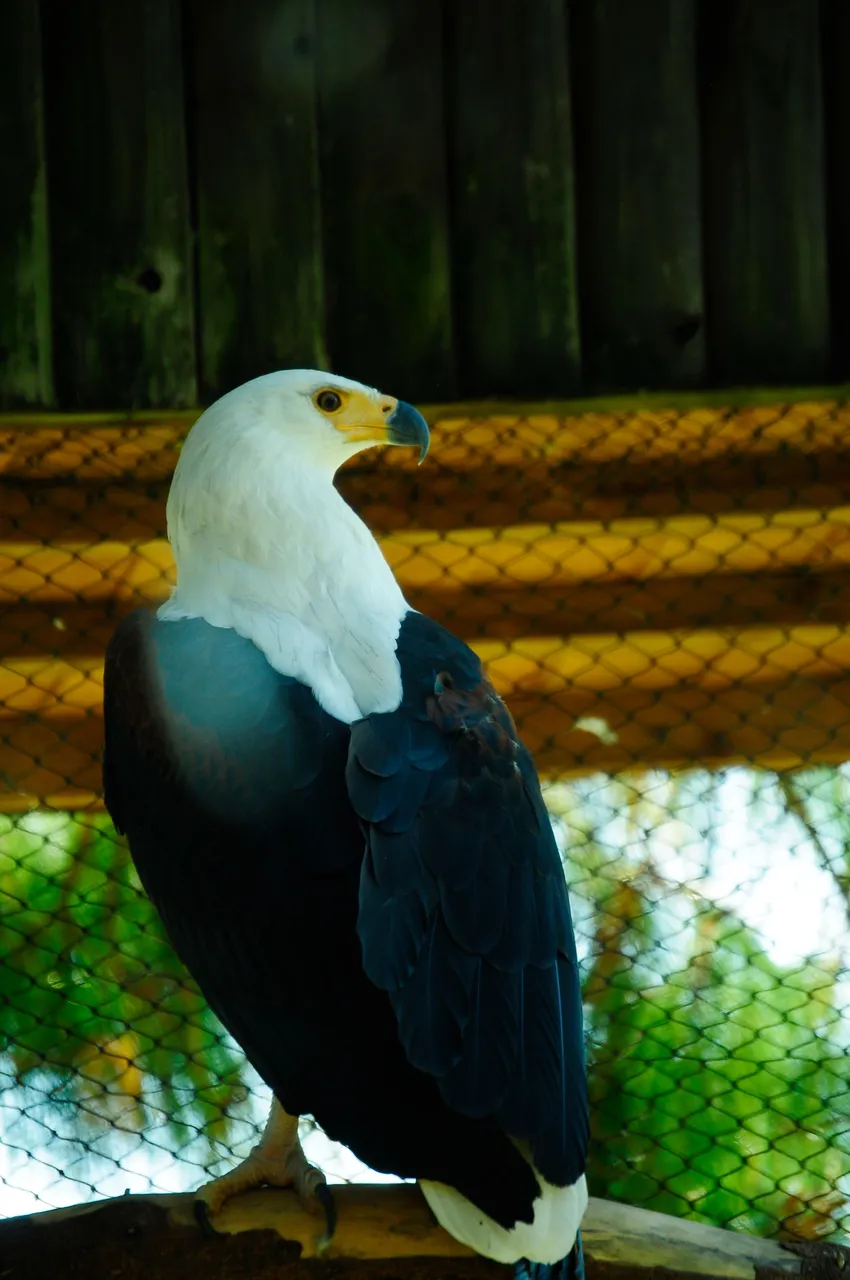 |
|---|
The six photographs (three below and three above) signify the strange irony that took place at this sanctuary and rehab centre. Whilst walking between the cages, my eyes caught a sunbird flying close to the edges of some of the pens or cages. The freedom of this little bird contrasted against the captivity of these birds of prey makes me sad and I want to help where I can. But as an individual, we can do so little against the greed and insensitivity of others... The little sunbird, however, had some guts to fly so close to the birds of prey cages!
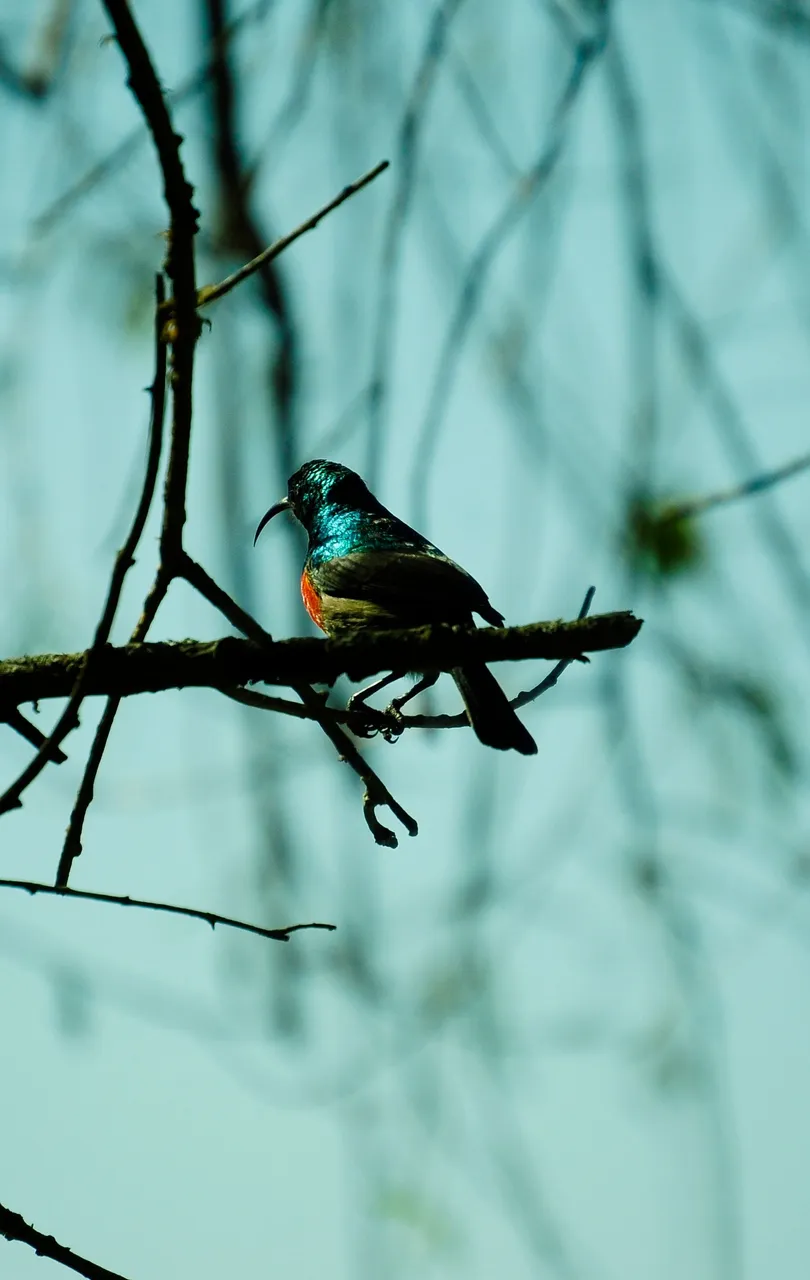 | 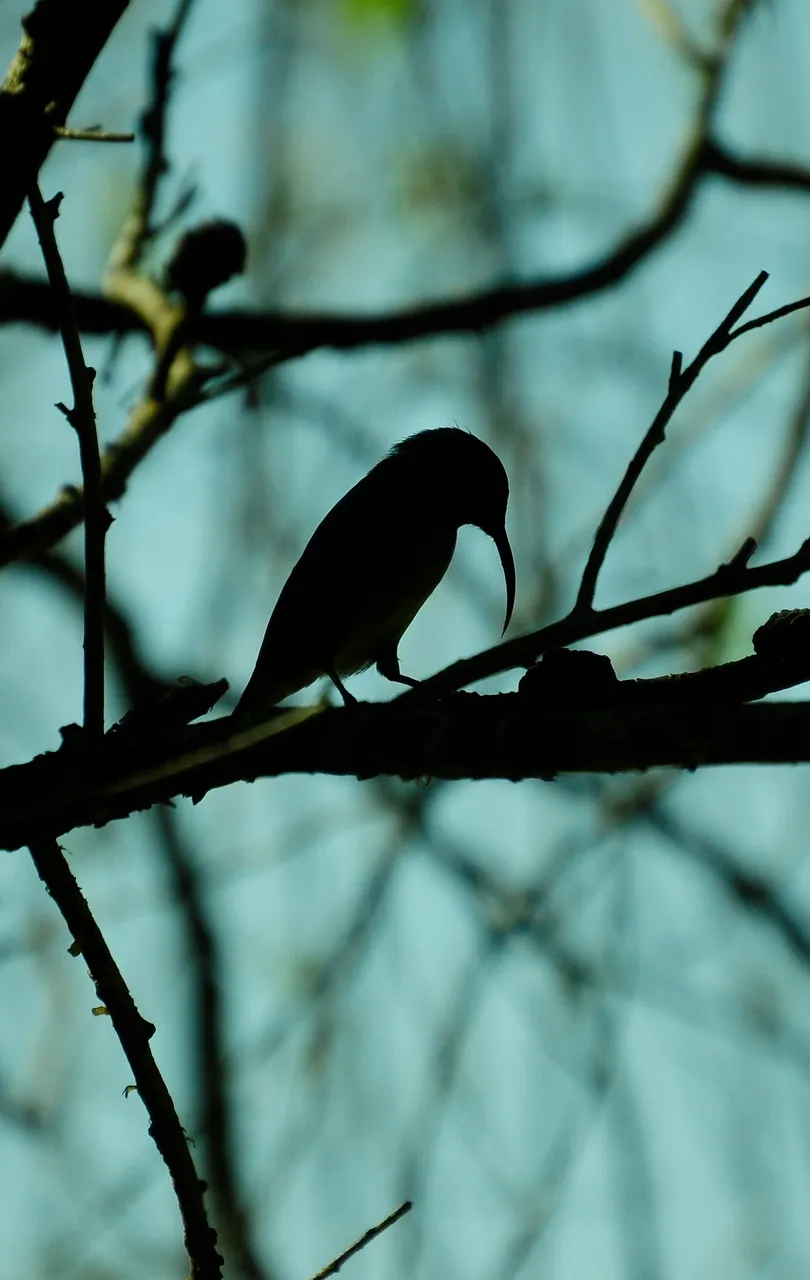 | 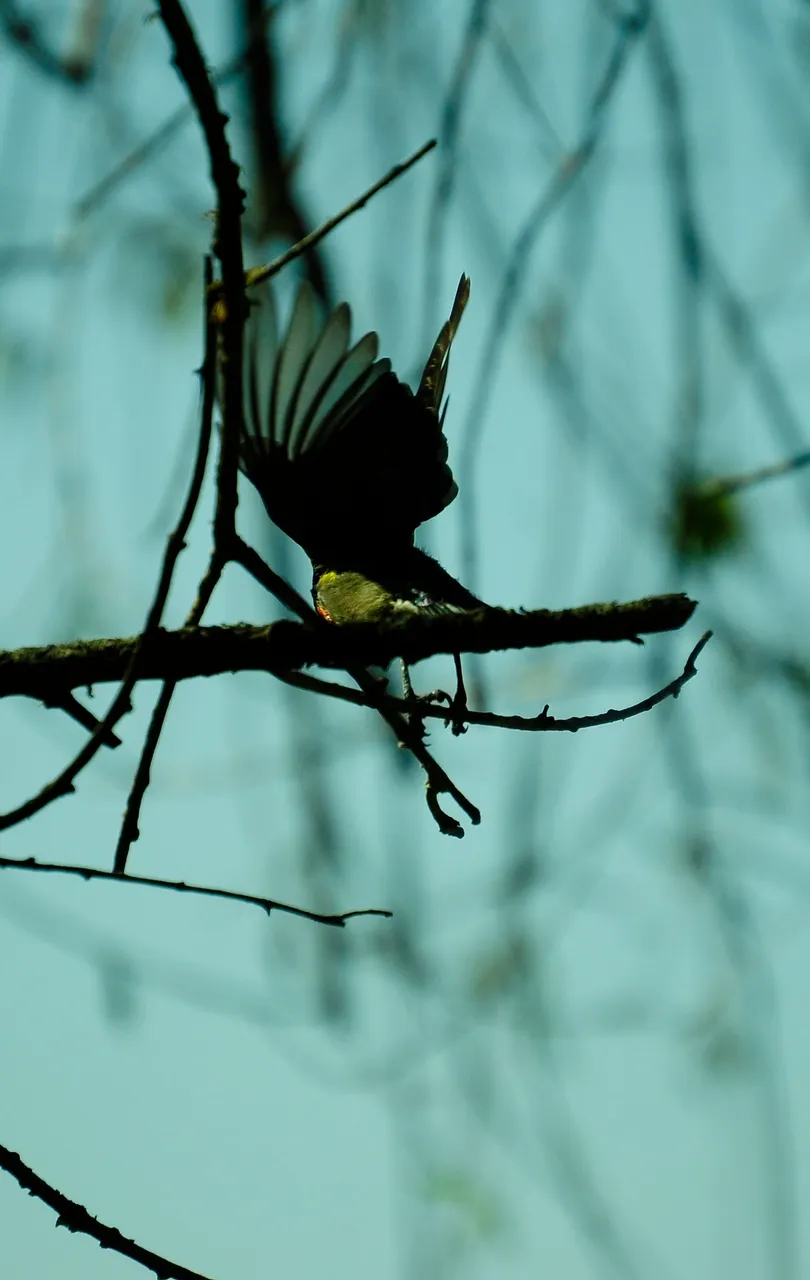 |
|---|
There is luckily some fantastic work being done on helping especially the numbers of vultures, who play such an important role in our ecosystems. Everywhere in the world, there are animals like vultures that "clean up" the environment of bones and other decaying matter which spreads diseases if they are left to rot. Without these animals to take these stuff away, diseases will return that we did not even know existed or that we eradicated a long time ago. (For example, take this recent news article which states that 500,000 people in India have died due to this very problem: decline in vulture populations and the increasing spread of deadly bacteria that was not present before.)
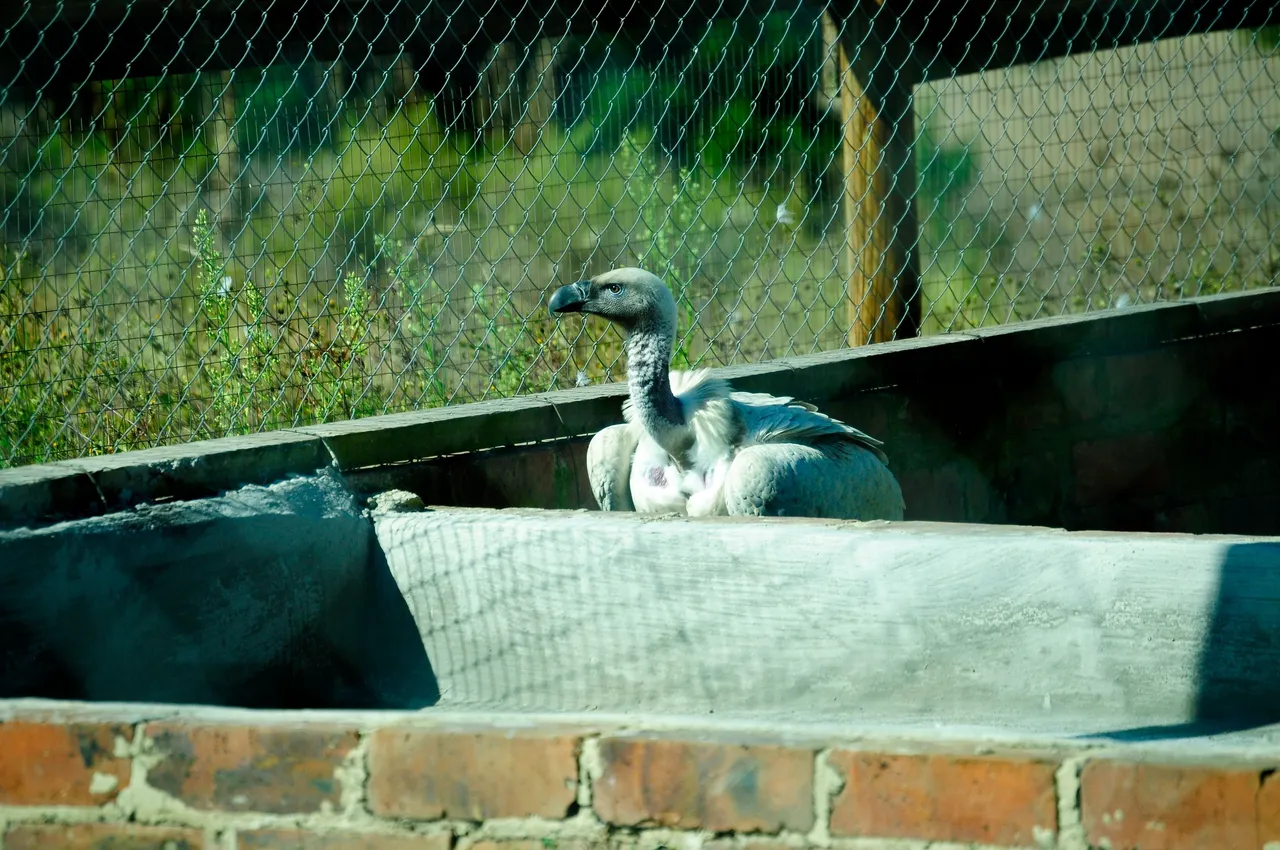
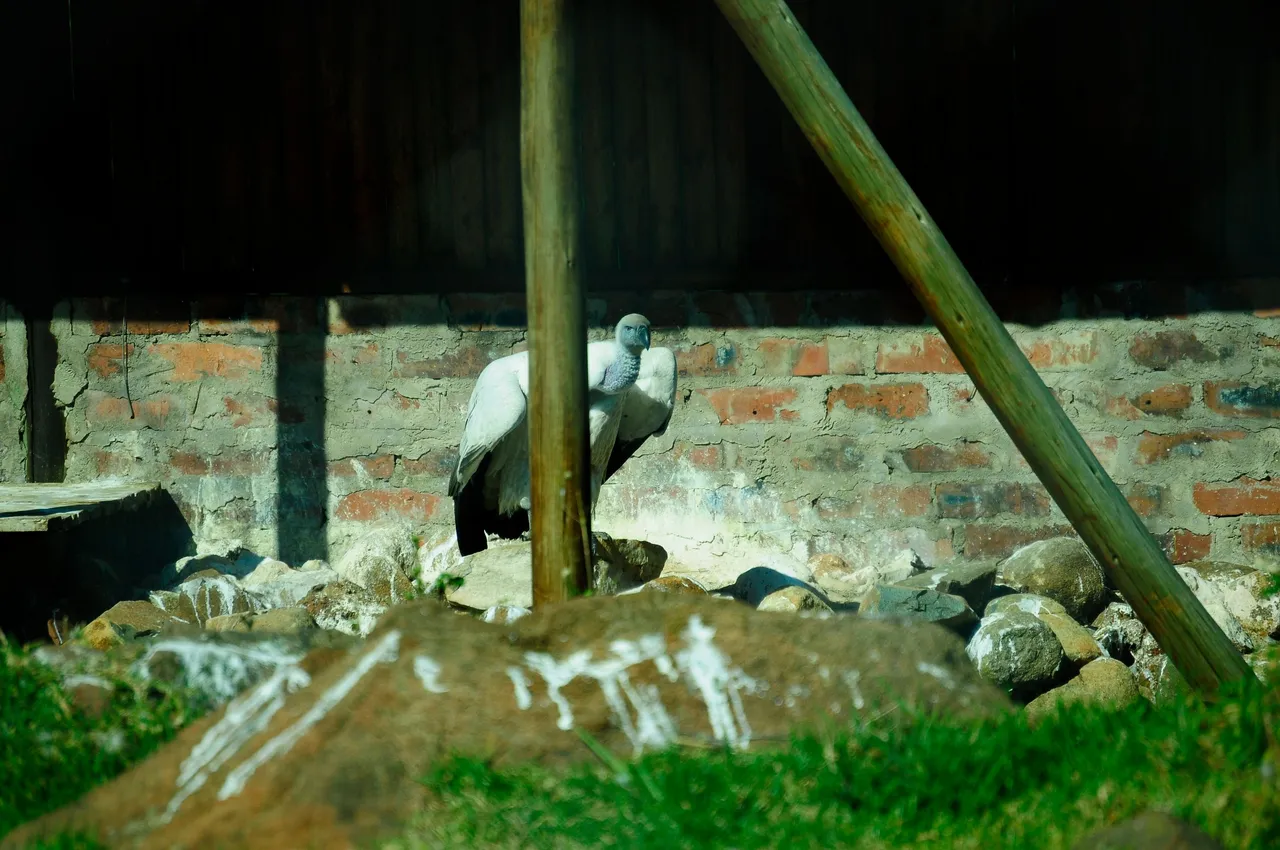
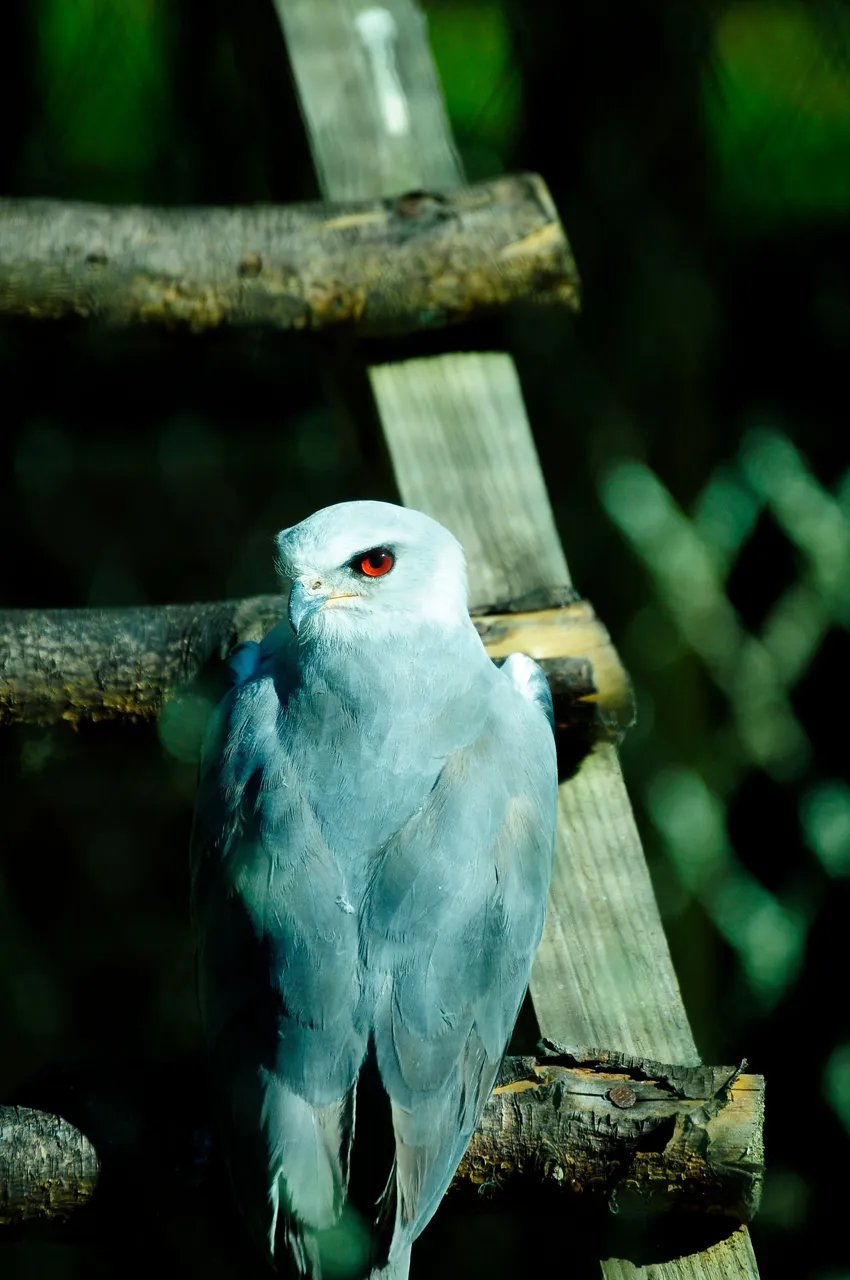 | 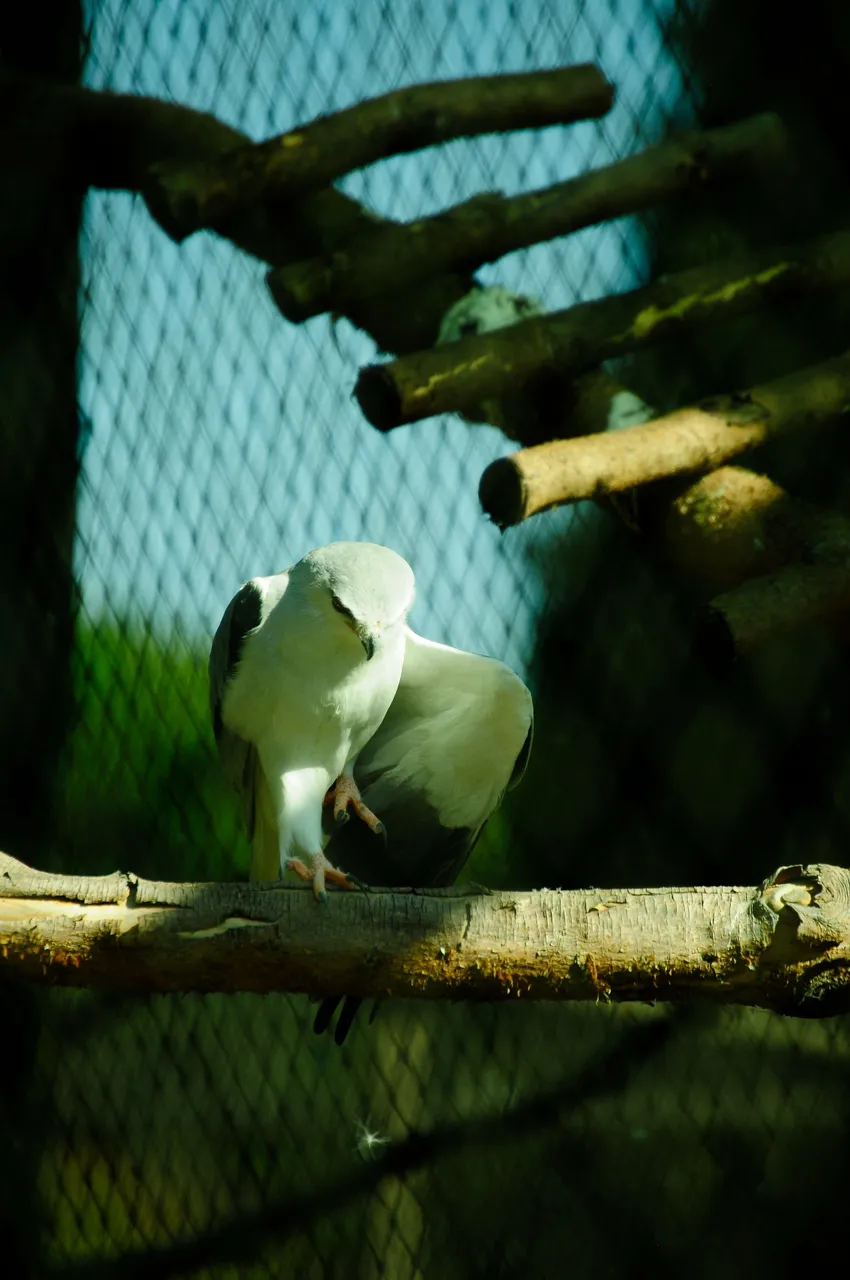 | 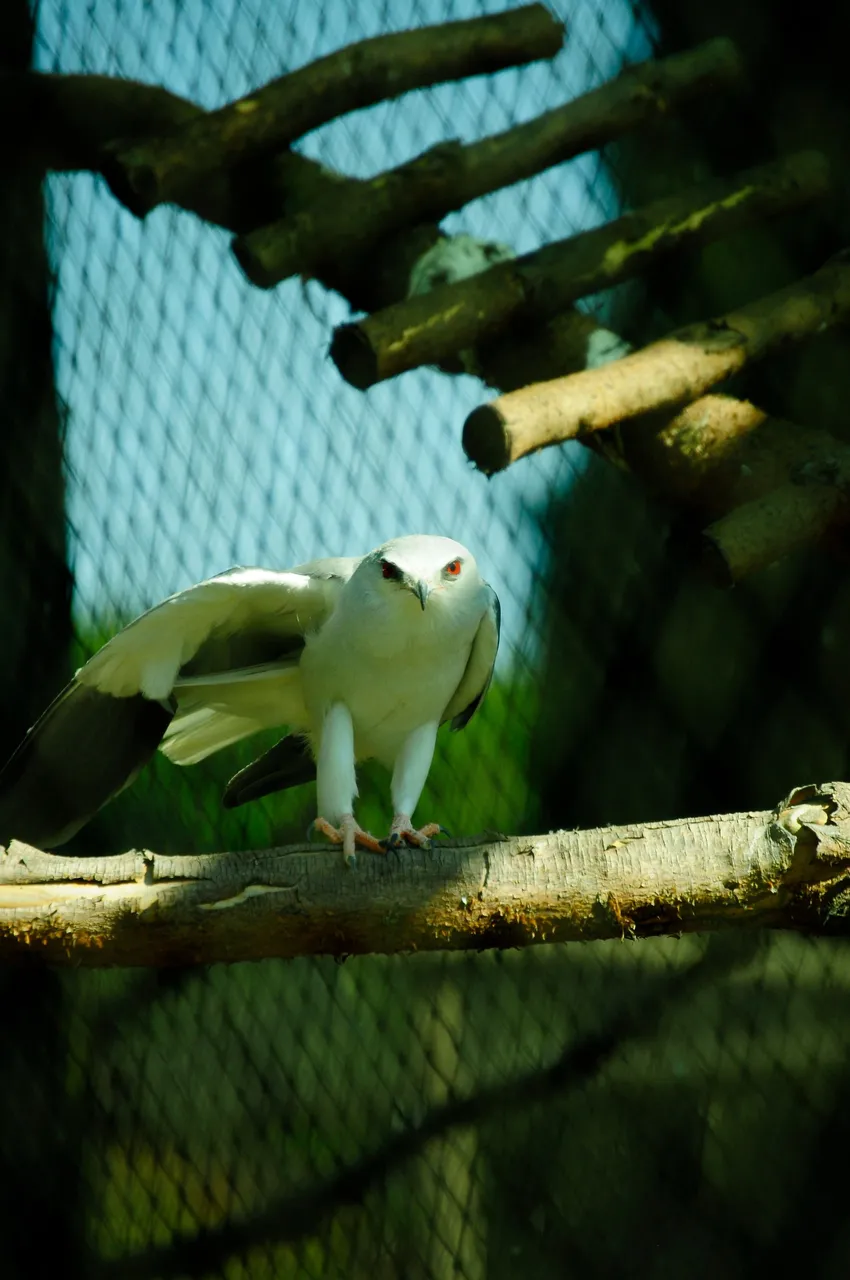 |
|---|
I want to say how lucky are we to see these birds so close up, but in saying this I am also saddened by the fact that I can get so close to these animals of prey. These animals are spectacularly beautiful, precious, and imperative to the balance of the ecosystem and nature. It is so sad that there are so many hurt animals that will never return to nature, that will never reproduce.
I did not know this, but the lifespan of birds of prey is really short. This makes it all the more important to save them and their habitat to produce offspring to keep their numbers growing.
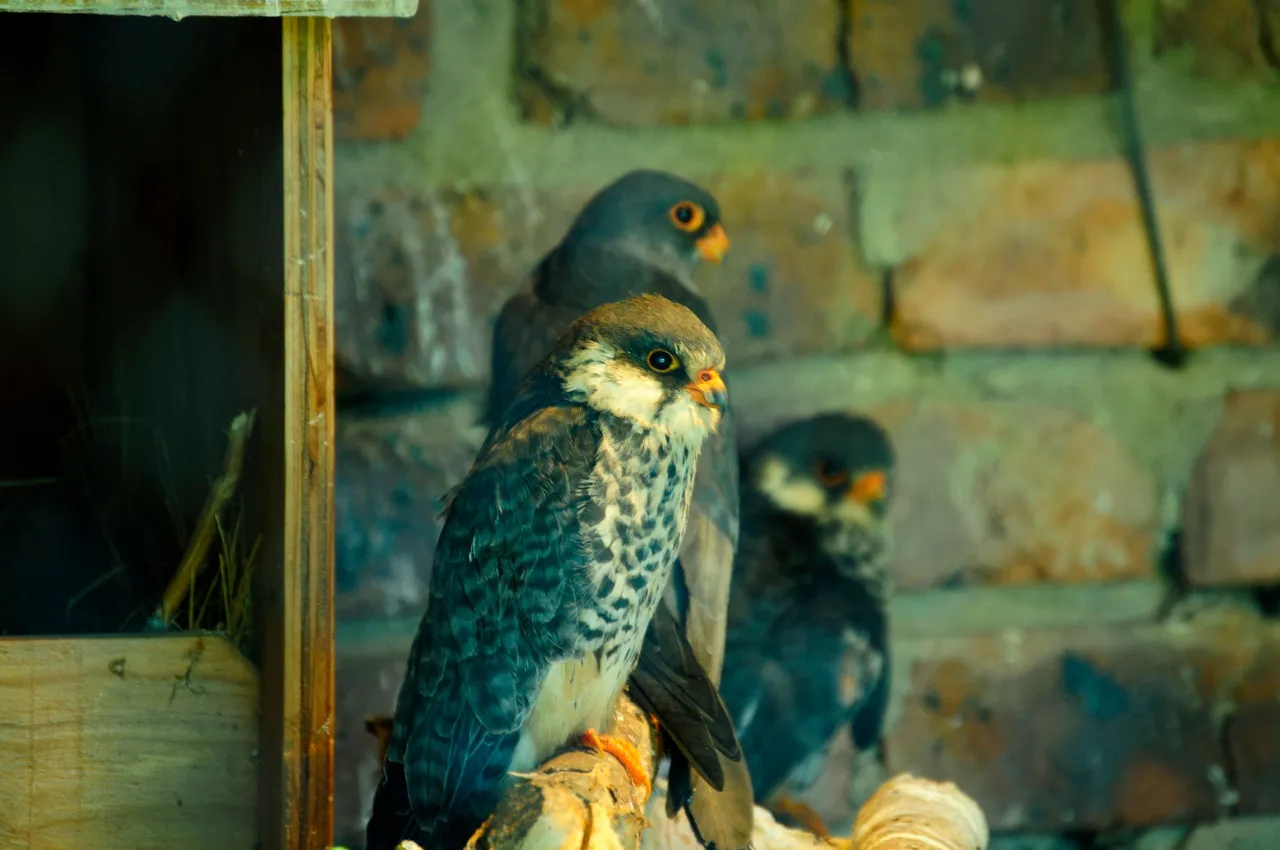
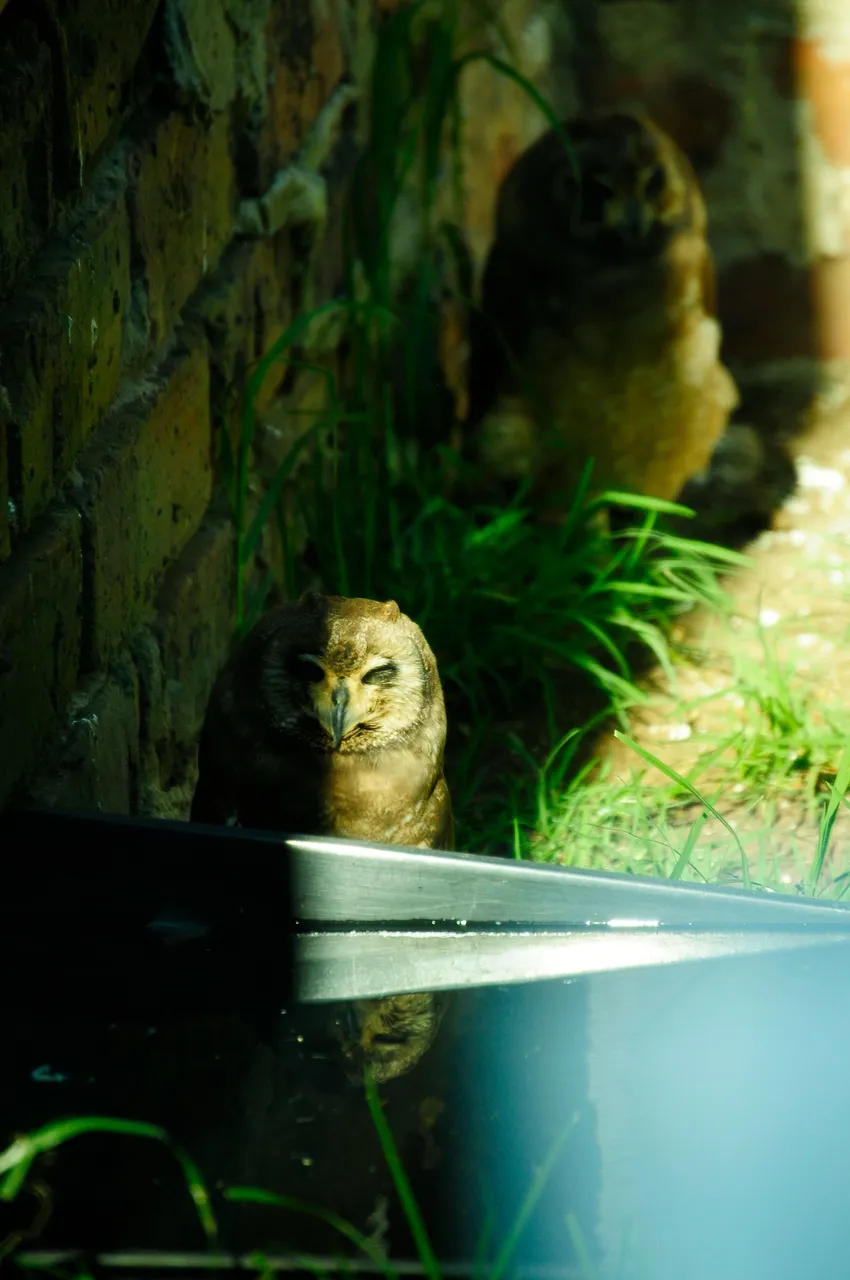
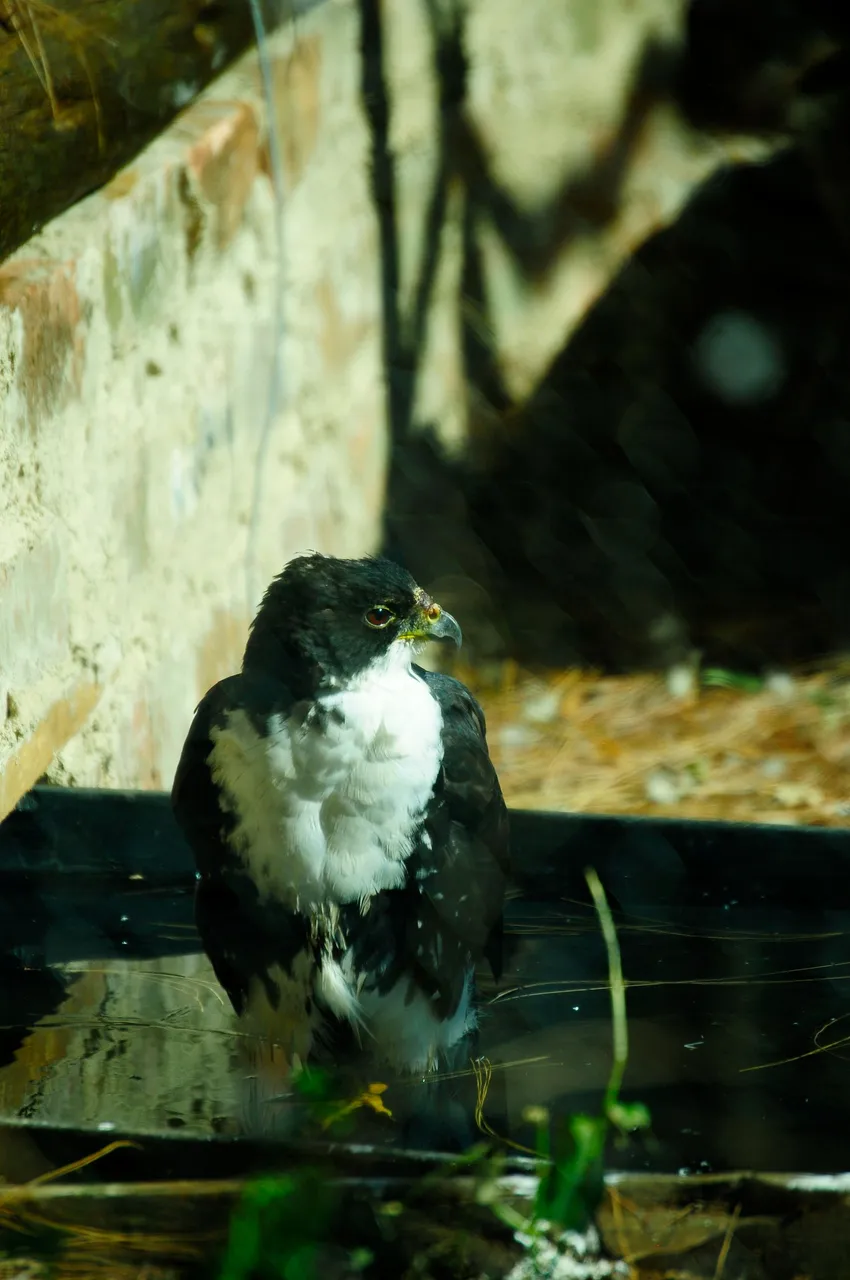

In the end, we left with a strange sadness, a bit of hope, and a sense of being touched by the beauty of these animals, these birds of prey. But this planted a seed, I am sure, in everyone who visited the rehab centre, and that might be enough to help a lot of birds in the future. Education is key here...
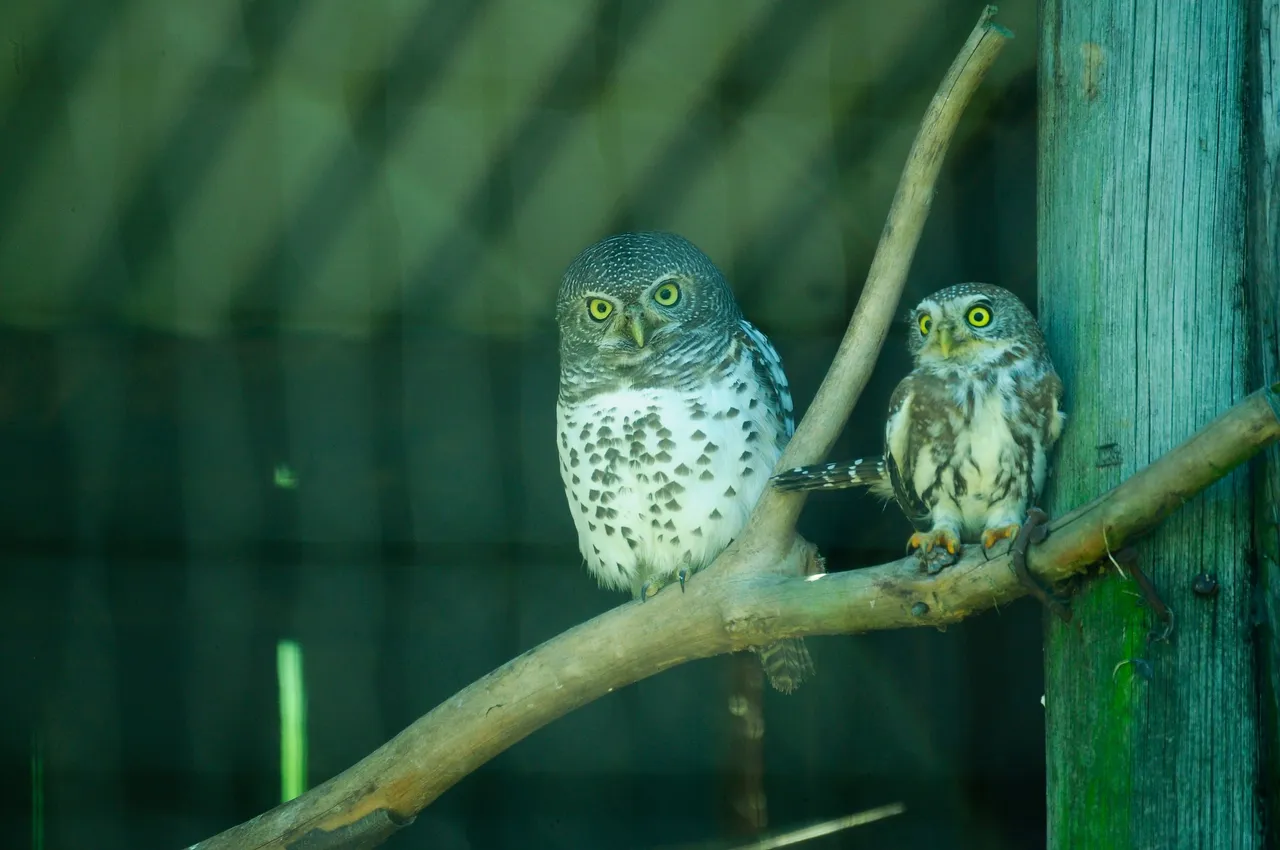

We just need a bit of hope, any grains of hope will help the future, as I am sure that none of us want to hear about the end of these birds of prey.
I am always reminded of the sound of the eagles and hawks in my area, especially when the crows fight with them. They are special creatures.
I hope that this post illustrated their beauty, their amazing stature, and that they also touched you a bit.
For now, happy birding, keep out for these friends, teach others about them, and keep safe.
All of the photographs are my own, taken with my Nikon D300. The musings and meanderings, unless stated otherwise (or hyperlinked), are also my own albeit inspired by these birds of prey.